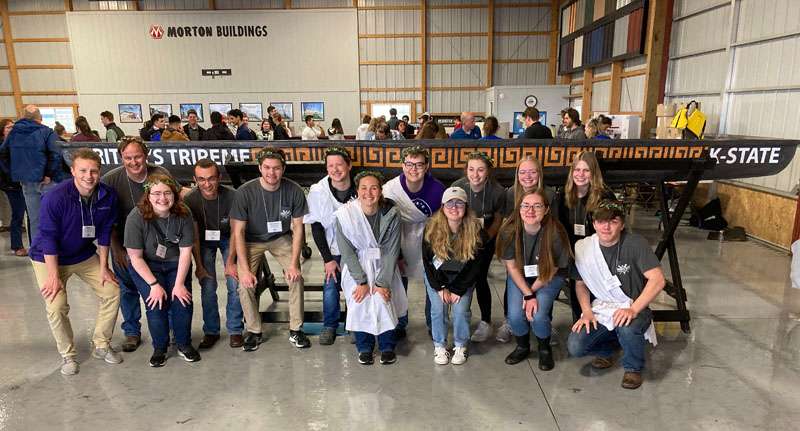A Canadian engineer will face a disciplinary hearing this month after a bridge he designed collapsed just hours after opening.
The five-day hearing before a panel of the Association of Professional Engineers and Geoscientists of Saskatchewan (APEGS) Discipline Committee will begin on June 6.
The panel will examine allegations that engineer Scott Gullacher’s work on the Dyck Memorial Bridge in Saskatchewan, western Canada, was substandard.
The bridge opened on September 14, 2018 but collapsed later that day. No one was hurt.
The allegations for the committee to consider include that Gullacher failed to practice “carefully and diligently” in determining the required strength of the piles, in their design, and in the design of the entire bridge.
The committee will also examine allegations that Gullacher was providing services in an area outside of his professional competence and that he had not been “prudent and diligent” in his design of five other bridges in other parts of Canada. .
If the panel finds that Gullacher’s actions constitute “professional misconduct or incompetence,” he could be expelled from the association and removed from the register, suspended from the association, restricted to practicing only under certain conditions, reprimanded or penalized in “any other way the jury considers just”.
The panel can also impose a fine of up to $15,000 (£9,400).
In addition to this hearing, the Rural Municipality (RM) of Clayton has filed a lawsuit against two companies run by Gullacher and his wife – bridge construction company Can-Struct Systems and engineering services company Inertia Solutions.
The RM seeks damages for the cost of repairing and replacing the bridge and for the loss of its use.
According to the RM, Gullacher and his companies broke their contract because the bridge was supposed to last 75 years, but it collapsed after a few hours. The lawsuit points out that Gullacher did not “design and/or build a bridge that would not immediately collapse.”
In addition, geotechnical reconnaissance of the riverbed had not been undertaken prior to the installation of the bridge piles. The lawsuit states that “no geotechnical report was prepared to determine the subsoil conditions below the bridge” and “Can-Struct’s bridge design called for the use of screw piles as opposed to standard driven piles.” Of the industry”.
However, Gullacher and Inertia said the lack of a geotechnical investigation for the collapsed bridge was at the request of RM.
“The RM gave the instruction that no geotechnical investigation should be obtained as the RM was concerned about additional costs and delays,” they said. “Inertia admits that part of the bridge collapsed but denies that its design or specifications caused the collapse and submits the plaintiff to strict proof of this.”
Do you like what you read? To receive daily and weekly New Civil Engineer newsletters, click here.
 Xing Wu
Xing Wu



